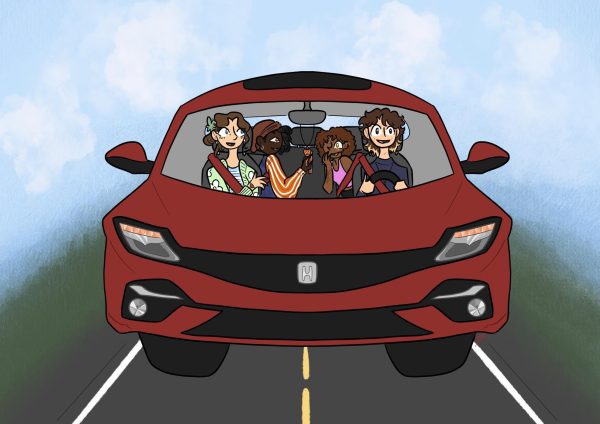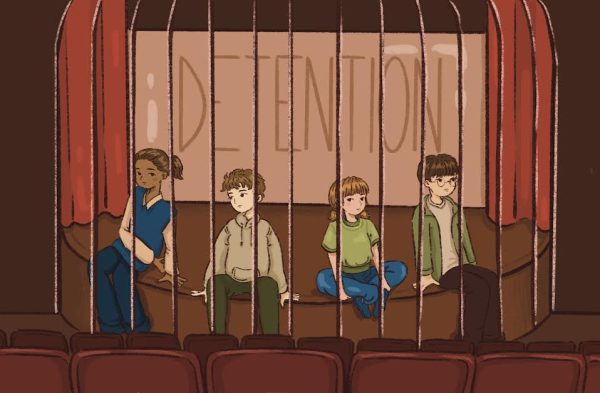Should California be split into three states?, No
The talks of splitting California into multiple states is nothing new, but after billionaire Tim Draper collected more than 600,000 signatures last fall, the possibility seems more likely than ever.
With the rise of Silicon Valley, the Golden State has become the fifth largest economy in the world. This in turn caused many lawmakers and citizens to pose the question:
Should California be split into multiple states?
In November, residents will vote to split California into three separate states. With California being home to around 39 million people–the most populated state in the nation–, splitting the juggernaut state into thirds may not seem like a bad idea on the surface.
Since California is such a large state, there are some people who question if the state can equally represent everyone. Some even question if the state itself is ungovernable.
Although Draper did collect nearly double the number of required signatures, there are still many issues with this plan.
Looking to the political side of this movement, the proposed split would create a new state of California that would include Los Angeles, Ventura, Santa Barbara, San Luis Obispo, Monterey and San Benito counties.
Northern California would include the Bay Area, Sacramento, and the remainder of the northern counties.
Finally, Southern California would consist of San Diego, San Bernardino, Orange, Riverside, Mono, Madera, Inyo, Tulare, Fresno, Kings, Kern and Imperial counties.
As this plan is currently constructed, it would have little effect at the federal level.
Northern California would still be dominated by the left and would become the 5th most populated state, giving it a large number of electoral votes.
The same situation could be seen in California, as Los Angeles would cause both states to lean heavily left in the elections.
In contrast, Southern California would most likely lean right.
Of the three states though, this one is the least populated, meaning they would not possess a large number of electoral votes.
This plan is essentially cutting down the electoral votes for each state, but due to the populated areas being liberal the change would have little impact how California is currently represented.
Thus, it is entirely ineffective.
On a state level, each state would have to draft a new constitution and hold elections for new state officials,which would not be inexpensive.
California’s constitution took nearly 30 years to write–now picture how long it would take to write three.
We would also need to find a way to split the enormous debt that California has collected over the years.
From an economic standpoint, Northern California would continue to flourish as Silicon Valley and would help propel the new state to the second highest capita in the nation.
But this could cause taxes to raise a substantial amount in Northern California, as California is currently ranked 12th in the nation.
New California and Southern California would likely see a tax reduction as they rank in at 12th and 30th respectively.
Draper argues that California is currently ungovernable and there are many issues with prisons, schools, and transportation. But he doesn’t provide solid reasoning how splitting California would resolve any of these issues.
Another major flaw that could halt the progress of this plan is the issue that new states would face finding a water source that could supply residents.
If California was to be split it would also cause an issue with higher education as college students may need to start paying for out of state tuition, which could cause a major issue for those already struggling to pay for college.
Draper’s plan still has many hoops to jump through, including being passed by Congress.
For now, the next step for this plan will be in November at the midterm elections where voters have their say.

Aidan Trejo is a senior at Cal High and this is his third year for writing for the Californian. He has written in various sections such as A&E, News...




